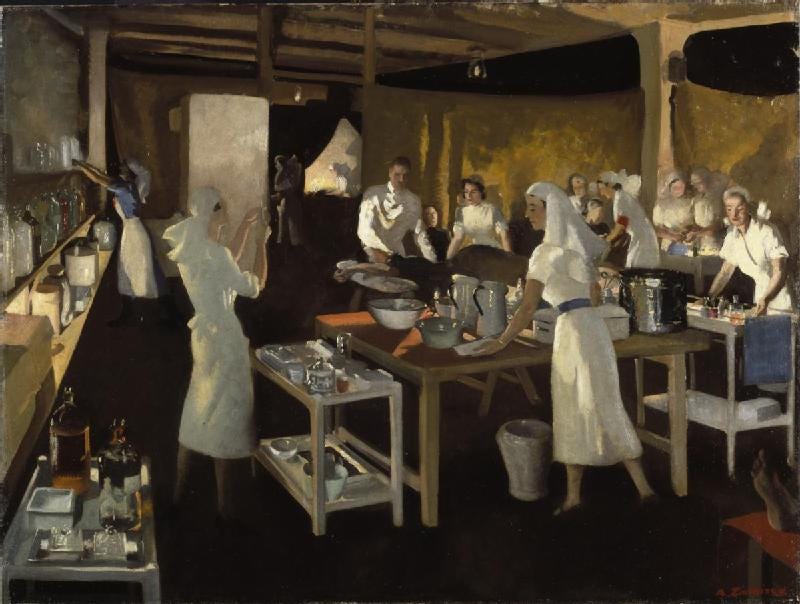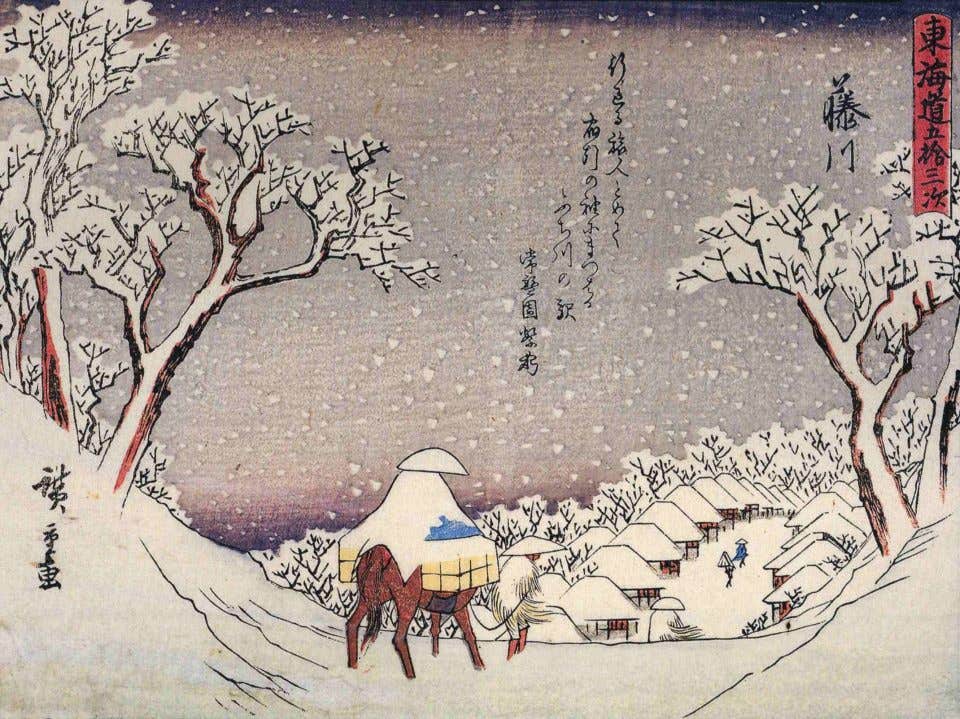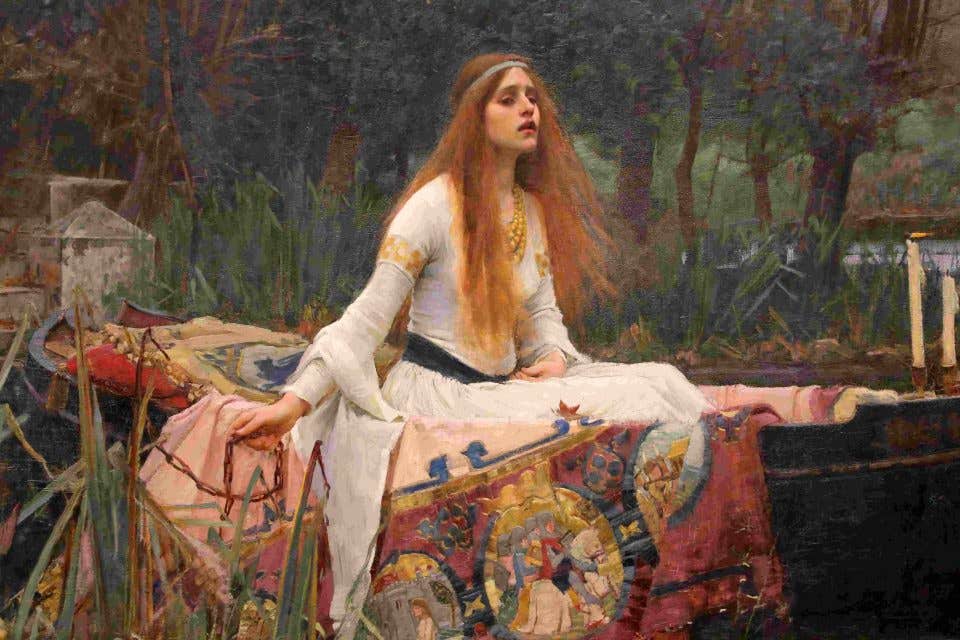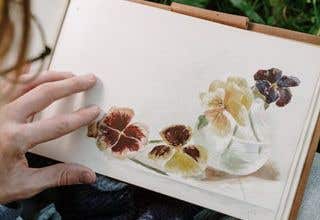In a world filled with vibrant colors, shades, and hues, one often wonders what is the secret behind white's unique identity in art and design. White is a luminescent shade that represents purity, illumination, clarity of thought, and transcendence. Throughout history, white has played a vital role in art, architecture, fashion, and product designs. In this blog, we will delve into the history of the hue- the luminous legacy of white- and explore why it matters in art.
In various parts of the modern world, white has come to symbolize all things light and pure, associated with weddings and winter wonderlands. It has been regarded as a representation of purity, innocence, and cleanliness in some cultures, while others have associated it with death, mourning, and the transition to new life. Moreover, in many societies, white has been closely connected to the divine. Although white light is not a colour itself, being a combination of all colours on the spectrum, artists have found white to be a captivating and intriguing subject for centuries.
White Pigments
While white light is not a colour, the use of physical white pigments categorizes it as one. White pigments are derived from various sources such as calcite, titanium dioxide, zinc oxide, and lead. Lead white, a toxic pigment, was infamously used by many artists and as a cosmetic product, like Venetian ceruse, for centuries, often with fatal consequences. In earlier times, white chalk, composed mainly of the mineral calcite, was employed in prehistoric rock art and decorations. Chalk art, such as the Uffington White Horse in the UK, which is over 3,000 years old, exemplifies the enduring nature of this form of expression.
The Divine and the Pure
White holds significant symbolic value in many cultures, representing purity and innocence, as well as death and the afterlife. Religion often serves as a unifying theme for these contrasting interpretations, as white signifies all things holy and divine in both life and death. In ancient Egyptian and Roman civilizations, priestesses adorned themselves in white robes, and many religious structures, such as the Wat Rong Khun (White Temple) in Thailand, were constructed using white concrete or marble. In Roman Catholicism, the Pope dons white garments, while in Japan, white is worn by monks and priests of the Shinto and Buddhist faiths. White is also prominent in ceremonial and ritualistic objects, including bowls, sculptures, and altars. Renaissance masterpieces often depict white angels, contrasting with the chaotic scenes of Hell, such as Pieter Brueghel the Elder's intricate painting, "The Fall of the Rebel Angels" from 1562.
Unveiling the Cultural Significance of Purity
White has been associated with purity in various ways. Examples include harmless "white lies," white flags raised to signify peaceful surrender in times of war, and the "white yang" in Taoist Chinese philosophy, representing everything good, light, and harmonious that balances the contrasting "yin" or "dark side" represented by black.
The tradition of white wedding dresses, commonly believed to symbolize innocence and new beginnings, actually originated as a fashion statement. Queen Victoria's white lace wedding dress in 1840 inspired many to follow suit. Prior to this, brides would wear their best dress regardless of colour. Artists have continued to depict pure and innocent characters, especially female figures, in white attire. John William Waterhouse's 1888 oil painting, "The Lady of Shalott," portrays a romantic scene of a woman in a boat during her final moments, dying from unrequited love and thus maintaining her innocence until death.
Cleanliness and Clean Lines
In the 20th and 21st centuries, white has come to represent cleanliness and clean lines, making it a popular choice in contemporary architecture. The Modernist movement witnessed the rise of angular white buildings, ranging from the Sydney Opera House to the Villa Dirickz in Brussels. Today, titanium dioxide is used in coatings, white concrete, and render on buildings, giving them an opaque white appearance. Impressively, these buildings also serve as anti-pollution devices, thanks to the filtration properties of titanium dioxide, which removes harmful nitrogen oxides from the air through a process known as "photocatalysis." The Palazzo Italia building in Milan, designed by Nemesi architects Michele Molè and Susanna Tradati for the Milan Expo in 2015, exemplifies this concept, drawing inspiration from an "urban forest."
White is also worn in environments that promise cleanliness and hygiene, such as hotel laundry and linen, as well as by doctors, nurses, scientists, technicians, bakers, butchers, and chefs in their respective workplaces. Anna Zinkeisen's 1941 painting, "St Mary's First Aid Post by Candlelight," depicts the changing role of women in society and their evolving portrayal in art. Rather than being depicted solely as objects of desire, the artwork showcases the practical reality of women working as nurses, surrounded by medical supplies and dressed in uniform. Additionally, white garments, although difficult to maintain cleanliness, have been associated with formal attire and gained popularity among the expanding middle and upper-middle classes. This association led to the term "white collar worker," which distinguished individuals in higher-status professions, recognizable by their white dress shirts, from manual laborers who wore blue boiler suits.

White Winters
Snow, which reflects all colours and bounces light off its crystals, appears white. It has become one of the most emblematic colours of winter, evoking images of mistletoe, white reindeer, and the possibility of a white Christmas when snow falls during the festive season. Indigenous Alaskan and Canadian cultures have between 40 and 50 terms to describe different snow conditions, and the Sami language of indigenous northern Scandinavia has hundreds of terms, including "njáhtso" for wet snow and "habllek" for light, dust-like snow.
Artists have long sought to capture snowy scenes using white pigments, evoking a range of emotions through depictions of the natural landscape, from tranquility to storminess. The Impressionist painters, experiencing particularly cold winters, focused on capturing the effects of light on snow, such as reflections, shadows, and sunlight. Claude Monet, for instance, painted over 100 snow scenes during his lifetime and often braved the bitterly cold landscapes, painting en plein air. In Japanese woodblock prints, snow is often portrayed using an absence of paint, leaving the washi paper blank to create white space. This technique can be seen in Utagawa Hiroshige's series "Fifty-three Stations of the Tôkaidô Road" from around 1840.

The enduring human fascination with white has transformed a non-colour into one of significance, whether through the use of blank or clean spaces, or by creating bold statements in architecture, fashion, and art.
Eckersley’s has been in business since 1965, and many of our staff come from art, craft or creatively skilled backgrounds. This means you will always get quality product and advice when you shop with us. So If you are looking for help with choosing the right shades, visit us in store or shop online today.
We love to see our customers’ wonderful creations! Show us on Instagram by using our hashtag #createwitheckersleys or tagging us in your post - @eckersleys. We might even feature your art on our website!















